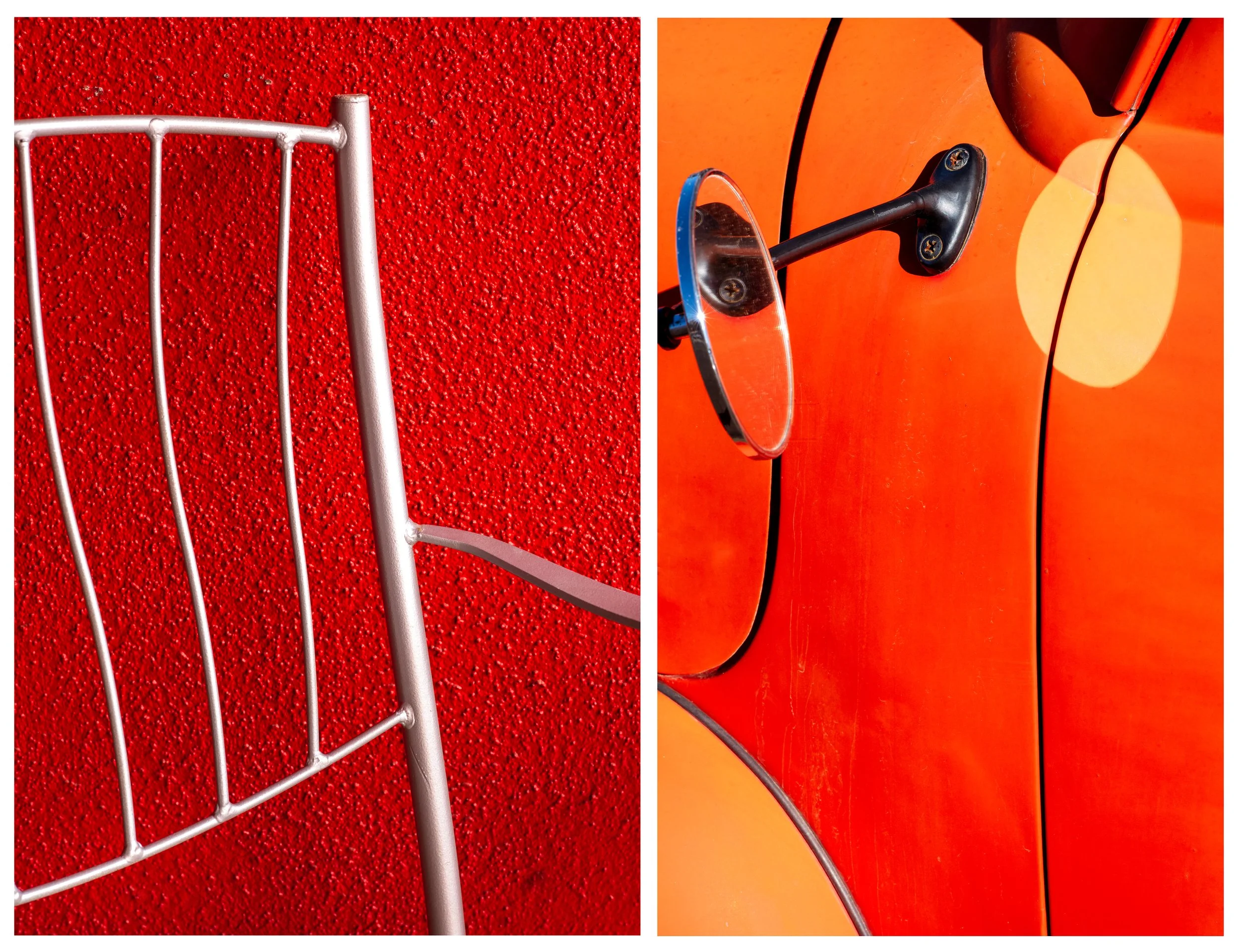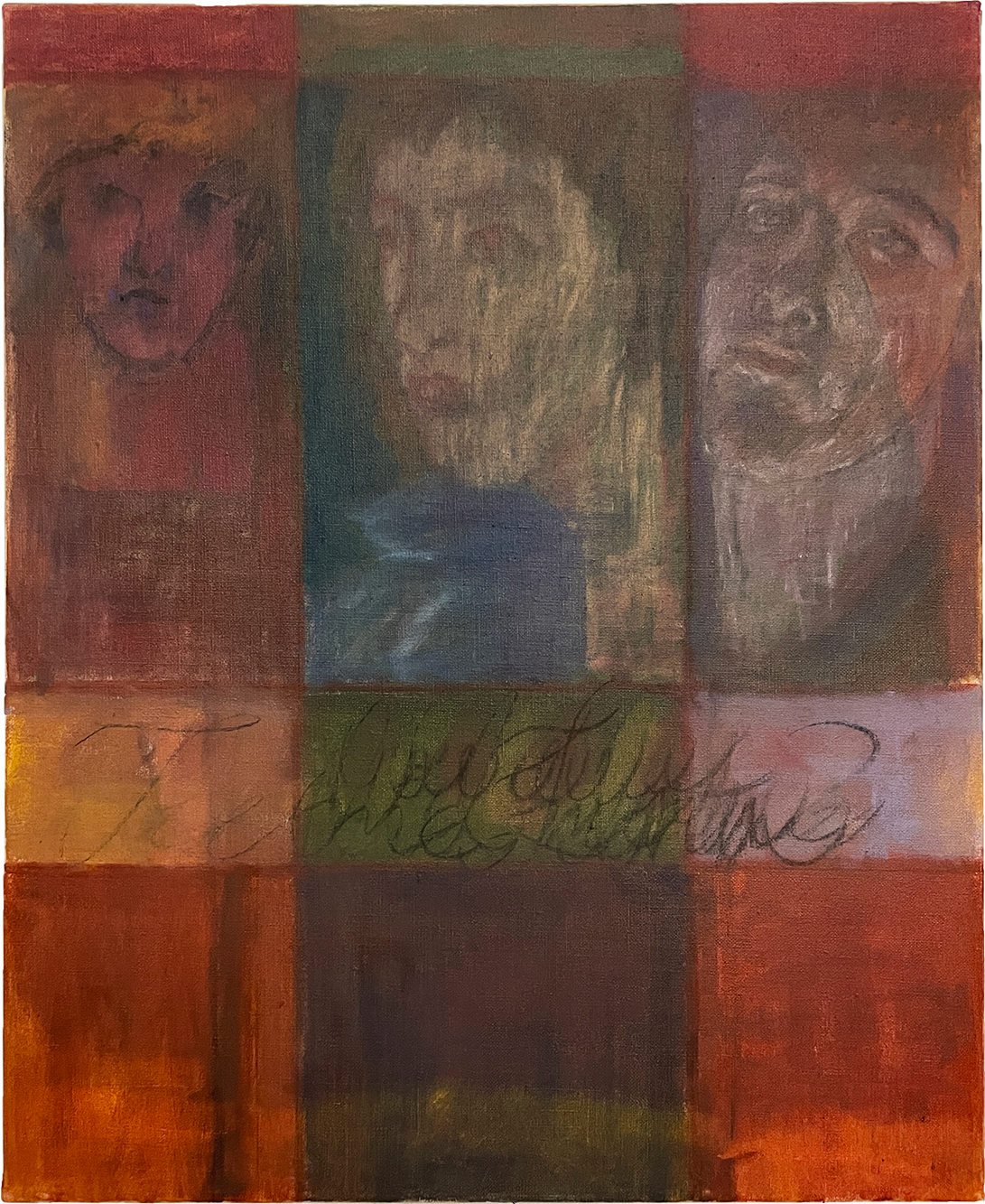Language Games
David Puglia
18 - 29 Nov
Please join us for the opening celebration Thursday 13th November 6-8pm
Language Games explores the intersection of philosophy and visual art through a series of diptych photographs. These works function as propositions of reality, drawing inspiration from Ludwig Wittgenstein's late philosophy—particularly his concepts of language games in “Philosophical Investigations” and his unfinished notes in “Remarks on Colour”. The diptychs are not illustrations of philosophical ideas, but are active investigations in their own right. They aim to demonstrate how color, juxtaposition, and visual form can convey meaning in ways that language alone cannot.
Wittgenstein argued that language derives its meaning from use. Words are not bound to an abstract essence but gain significance through the practices, rules, and "games". Similarly, in “Remarks on Colour”, he questioned whether the grammar of language could ever fully account for the subtleties and paradoxes of color perception. These photographic diptychs embrace this tension. By placing two images side by side, the photographs invite viewers into a "game" of perception and interpretation, where meaning arises relationally—through contrast, resonance, and context—much as Wittgenstein suggested language itself functions.
Yet, while the diptychs presented in terms of philosophy, semiotics, or color theory, the process of their creation resists logical description. The act of selecting, composing, and framing images is guided not by formal rules but by intuition, memory, and a mental model. No linguistic system can adequately capture the complexity of the aesthetic decisions behind the Work—the subtle shift of tone, the choice of interval, the sense of balance or dissonance that emerges in the pairing of images. Here, Wittgenstein's famous remark resonates: "What we cannot speak about we must pass over in silence".
In this sense, the diptychs inhabit the threshold between philosophy and art. They demonstrate, visually, the very limits of linguistic representation. Color itself becomes a proposition, not by being described but by being experienced directly in the juxtaposition of two images. The viewer interprets the Work not through a single, definitive meaning, but rather to engage in a play of perception, much like entering into a new language game.
The key point is precisely this paradox: the way art can function as a philosophical investigation while simultaneously exposing the limits of philosophy. Wittgenstein sought to clarify how language works, but also acknowledged that specific dimensions of human experience—such as ethics, aesthetics, and the mystical—lie beyond the realm of logical description. These diptychs operate in that space. They are propositions not in the form of words but in the form of images, gestures, and colors that resist paraphrase.
Ultimately, the Work invites viewers to reflect on the ways we construct meaning through visual and linguistic forms, and where those forms break down. The diptychs are not explanations but demonstrations. They show, rather than tell, that reality is always more complex than the structures we use to describe it. In this way, they embody both Wittgenstein's skepticism about the limits of language and his faith in what is possible to reveal outside it.


